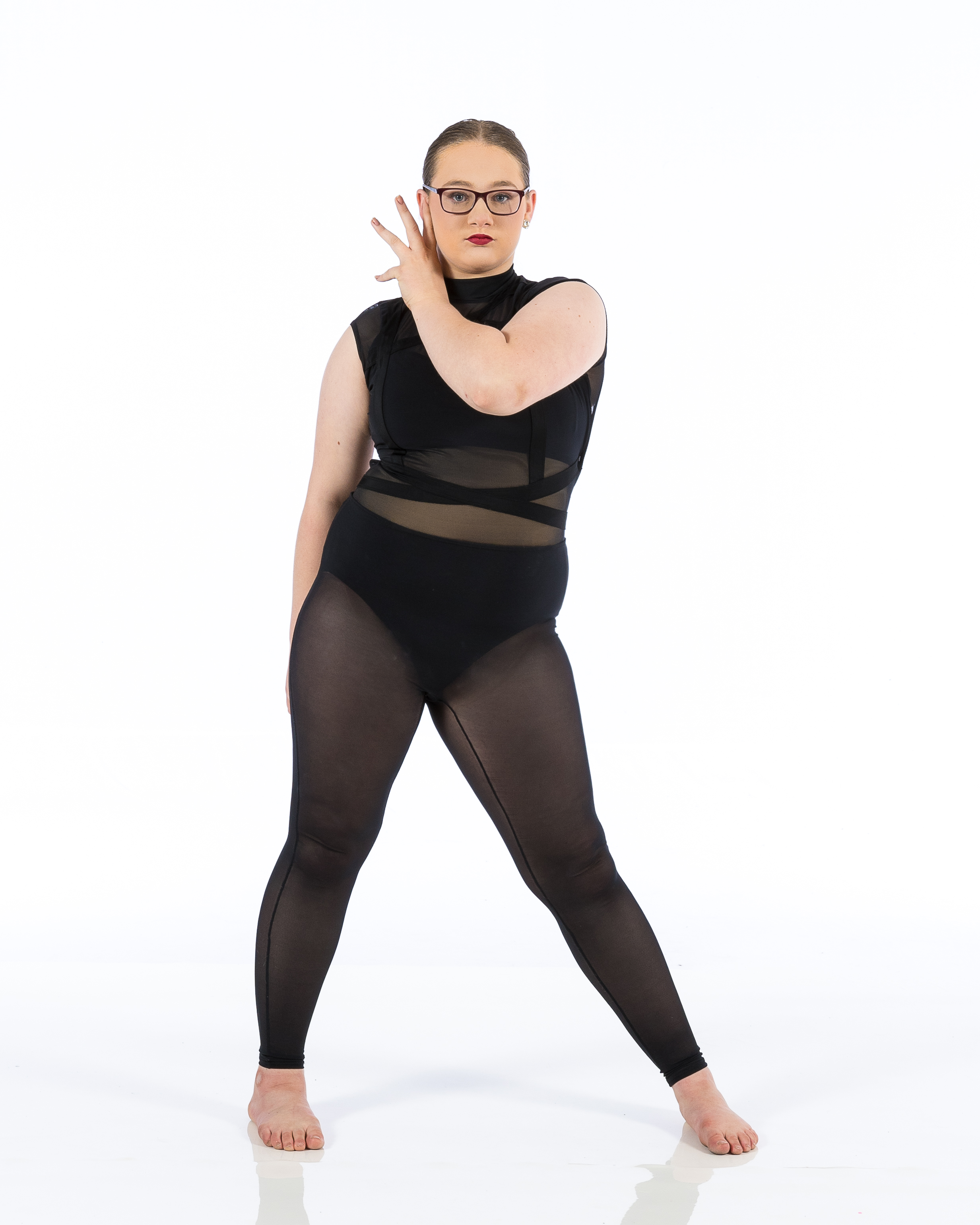Introduction
Dance has always been an expressive art form, a blend of physicality and creativity that captivates audiences across the globe. As dancers strive to perfect their craft, technology has made its way into the dance studio, revolutionizing training and performance. One of the most significant advancements in recent years is wearable technology, which has opened new doors for enhancing performance. In this article, we will delve into how wearable tech is transforming the world of dance, discussing its impact on training, injury prevention, and overall performance.
Enhancing Performance: The Role of Wearable Tech in Dance
Wearable technology encompasses a wide range of devices designed to monitor various aspects of physical activity and health. For dancers, these gadgets offer real-time feedback that can lead to improved technique and heightened awareness of body movements. By wearing devices such as smartwatches or motion sensors during rehearsals or performances, dancers can gain insights into their performance metrics like heart rate, muscle usage, and even posture.
1. Understanding Wearable Technology in Dance
1.1 What Is Wearable Technology?
Wearable technology refers to electronic devices that can be worn on the body—typically as accessories or integrated into clothing. These devices often come equipped with sensors that track movement patterns, physiological data, and even environmental factors.
1.2 Types of Wearable Devices for Dancers
- Fitness Trackers: Measure steps taken, calories burned, and heart rate. Smart Clothing: Embedded sensors track muscle activity and joint movement. Motion Capture Devices: Provide detailed analysis of a dancer's movements.
2. Benefits of Wearable Tech in Dance Training
2.1 Enhanced Feedback Mechanisms
Immediate feedback allows dancers to make necessary adjustments during practice. For instance, if a dancer's posture isn't aligned correctly while performing a pirouette, they can instantly receive alerts through their device.
2.2 Improved Technique Analysis
Wearable tech helps instructors analyze students' techniques more accurately than ever before. Coaches can review data ballet dance collected from multiple sessions to identify patterns or areas needing improvement.
3. Injury Prevention Through Technology
3.1 Monitoring Physical Stressors
By collecting data on movement patterns and muscle strain levels, wearable tech aids in identifying potential injury risks early on.
3.2 Real-Time Alerts for Overexertion
Some wearables are equipped with algorithms that alert users when they’re pushing beyond safe limits—helping to mitigate injuries before they occur.
4. The Role of Data Analytics in Dance Performance
4.1 Gathering Performance Metrics
Wearables collect vast amounts of data—from heart rates during rehearsals to counts of specific movements performed correctly.
4.2 Data Interpretation for Better Results
Analyzing this data provides valuable insights that dancers can use to tailor their training regimens more effectively.
5. Enhancing Performance: The Role of Wearable Tech in Professional Dance Companies
5.1 Case Studies: Pioneering Companies Using Wearables
A number of professional dance companies have begun integrating wearable technology into their training programs—resulting in improved performance outcomes.
5.2 Collaborative Efforts Between Dancers and Technologists
The collaboration between dancers and tech developers is leading to innovative solutions tailored specifically for the unique demands of dance.

6. Adapting Wearable Tech for Different Dance Styles
Different styles require distinct approaches when it comes to training and performance monitoring.
6.1 Ballet vs Hip-Hop: A Comparative Study
While ballet focuses heavily on precision and grace, hip-hop emphasizes agility and rhythm; thus requiring different types of tracking metrics for optimal performance enhancement.
7. The Human Element: Balancing Technology with Artistic Expression
While data-driven insights are invaluable, it’s essential not to lose sight of dance's emotional core—dancers must still connect with their artistry despite technological enhancements.
8. Future Trends in Wearable Tech for Dance
The future looks bright as advancements continue at breakneck speed; expect smarter fabrics that adapt dynamically based on a dancer’s performance metrics or even VR technologies offering immersive training environments!
Frequently Asked Questions (FAQs)
1. How does wearable tech improve dance training?
Wearable tech provides real-time feedback on critical metrics such as heart rate, movement efficiency, and posture alignment which directly enhance training effectiveness.
2. Are there any risks associated with using wearable technology?
As with any tech tool, there's a learning curve involved; if misused or relied upon too heavily instead of traditional coaching methods—it could lead to decreased creativity or reliance on data rather than intuition.
3. Can wearable tech help prevent injuries?
Absolutely! By monitoring physical stressors and providing alerts when overexertion occurs—wearables significantly contribute toward injury prevention strategies within the dance community.
4. What types of wearables are best suited for dancers?
Fitness trackers provide basic metrics while smart clothing delivers advanced analytics regarding muscle activity; motion capture systems offer unparalleled insights but may be less practical for everyday use within studios.
5. How do professional dance companies integrate wearables into their routines?
Companies often collaborate with technologists creating bespoke devices tailored specifically towards enhancing performances based on each style’s unique requirements!
6. Will wearable technology replace traditional coaching methods?
Not likely! While wearables augment coaching efforts through enhanced analytics—they cannot replicate human insight born from years spent perfecting an art form filled with emotion!
Conclusion
In conclusion, wearable technology is undeniably reshaping the landscape of dance by enhancing performance through real-time feedback mechanisms designed specifically for this art form's needs! As we move forward into an increasingly digital age where boundaries continue blurring between artistry & analytics—we'll witness even more exciting developments at the intersection where https://medium.com/@john7765/how-to-choose-a-dance-studio-that-fits-your-needs-b5a16f91e93b creativity meets cutting-edge innovation! Whether you’re a budding enthusiast or an experienced performer practicing at your local dance studio—the integration offered by these advancements promises nothing short but spectacular improvements across all levels!